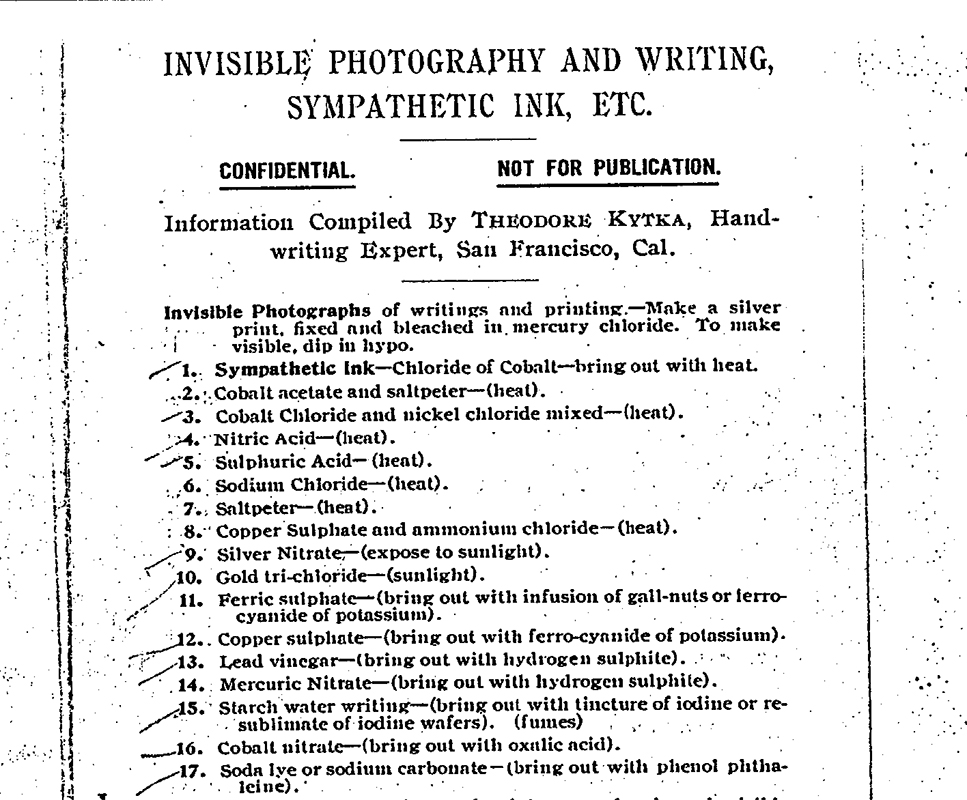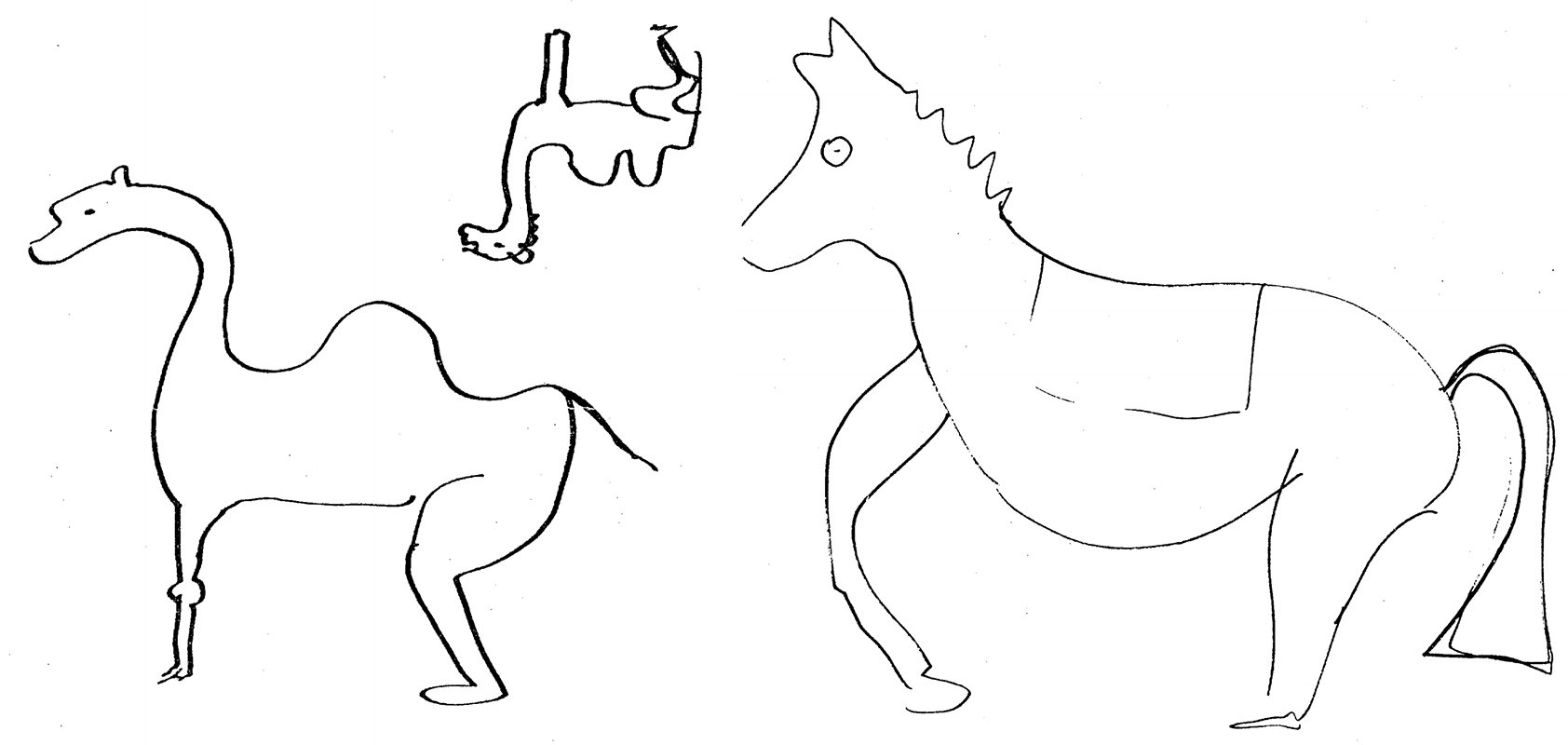Hundreds of Thousands of Declassified CIA Documents Now Available Online

The phrase "magician walks into the laboratory" sounds like the start of a groan-inducing joke. But it's actually the title of a once-confidential document recently released online by the CIA as part of a new initiative to share about 930,000 declassified files — more than 12 million pages — on the internet for the first time.
This collection of historical declassified documents represents a database known as the CIA Records Search Tool (CREST), a system installed in 2000 at the National Archives Records Administration (NARA) in Maryland and formerly searchable only in person, according to a statement published Jan. 17 by the CIA.
The files were released under the Freedom of Information Act (FOIA) — a law that provides people with the right to request access to information from any federal government agency — and they are currently available to view and download via the CIA website. [Flying Saucers to Mind Control: 22 Declassified Military & CIA Secrets]
"Access to this historically significant collection is no longer limited by geography," Joseph Lambert, the CIA's director of information management, said in the statement.
CREST holds archived documents dating back to the 1940s — materials are declassified when they are 25 years or older — and is the largest file archive that the CIA has released to date. It covers a wide range of topics, from general CIA records and Cold War dispatches to captions for satellite photos and instructions for mixing invisible ink.
The records also include a special collection of documents related to STARGATE, the code name for a U.S. Army unit that spent decades exploring whether psychic phenomena could be harnessed by the military.
Secret writing and remote viewers
CREST's "Secret Writing" collection is a treasure trove of how-to instructions for sending and reading covert handwritten messages. One file describes an ink recipe made of "a solution of nitrate of soda and starch in water" that "may be carried for example in handkerchiefs or starched collars, starched shirts or anything else starched."
Get the world’s most fascinating discoveries delivered straight to your inbox.
Additional options for secret writing included lemon juice or iron sulfate "developed preferably with ferro cyanite of potassium." Another document provides 12 methods for opening a sealed envelope and detecting chemical traces on the paper.
But arguably one of the more intriguing CREST file categories is "STARGATE," a project that ran from 1978 through 1995. STARGATE compiled reports of psychic powers used behind the Iron Curtain, and investigated whether such dubious talents could be developed and deployed by the U.S. government.
In the 1969 file "'Magician' Walks Into the Laboratory," a Russian construction engineer shares a series of stories about a local psychic who supposedly had "miracle-working" hands that he used to heal people.
A file from 1973 describes a series of experiments conducted with the performer Uri Geller, an alleged psychic who claimed that he could read minds and manipulate objects with his thoughts. Over eight days, Geller was placed in isolated rooms and tasked with drawing pictures mirroring other pictures that he knew nothing about. Based on his performance, observers concluded that "he has demonstrated his paranormal perceptual ability in a convincing and unambiguous manner."
"Unexpected benefits"
Before CREST was published online, the only way for people to access its documents was with one of four computers at NARA, and these documents were only available Monday through Friday from 9 a.m. to 4:30 p.m. local time, according to Michael Best, who analyzes and writes about government document accessibility on his blog Glomar Disclosure.
In 2015, after several FOIA requests for CREST and one lawsuit against the CIA had been filed to gain access to the database, the CIA estimated it would take six years to process all of the files, MuckRock reported. Best began printing out and manually scanning CREST documents at NARA, which eventually prompted the CIA to release the entire archive online in January 2017, he wrote.
With more than 12 million pages of documents, the CREST database brings to light many long-hidden historical activities of the CIA — and the people and related agencies that shaped American intelligence policies and initiatives. In a Jan. 18 tweet, Best referred to the "unexpected benefits" that arise from having this archive readily accessible, calling CREST "a window into human history."
Original article on Live Science.

Mindy Weisberger is a science journalist and author of "Rise of the Zombie Bugs: The Surprising Science of Parasitic Mind-Control" (Hopkins Press). She formerly edited for Scholastic and was a channel editor and senior writer for Live Science. She has reported on general science, covering climate change, paleontology, biology and space. Mindy studied film at Columbia University; prior to LS, she produced, wrote and directed media for the American Museum of Natural History in NYC. Her videos about dinosaurs, astrophysics, biodiversity and evolution appear in museums and science centers worldwide, earning awards such as the CINE Golden Eagle and the Communicator Award of Excellence. Her writing has also appeared in Scientific American, The Washington Post, How It Works Magazine and CNN.

